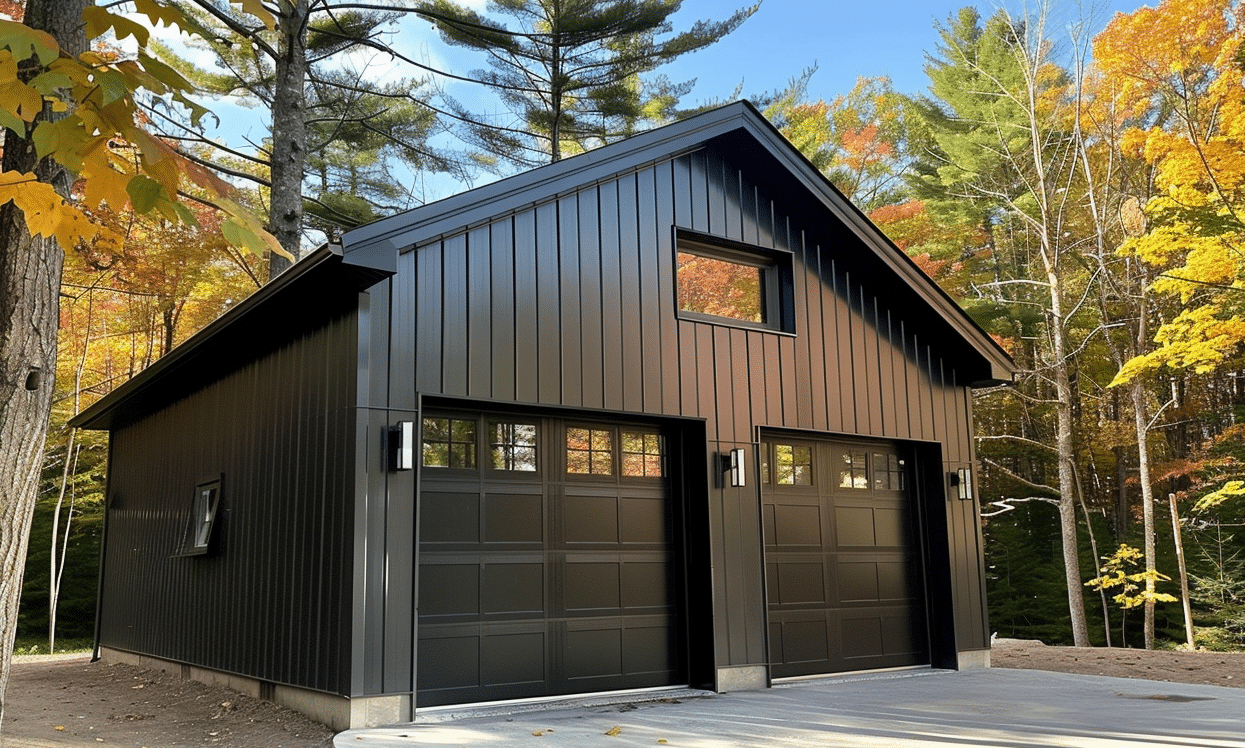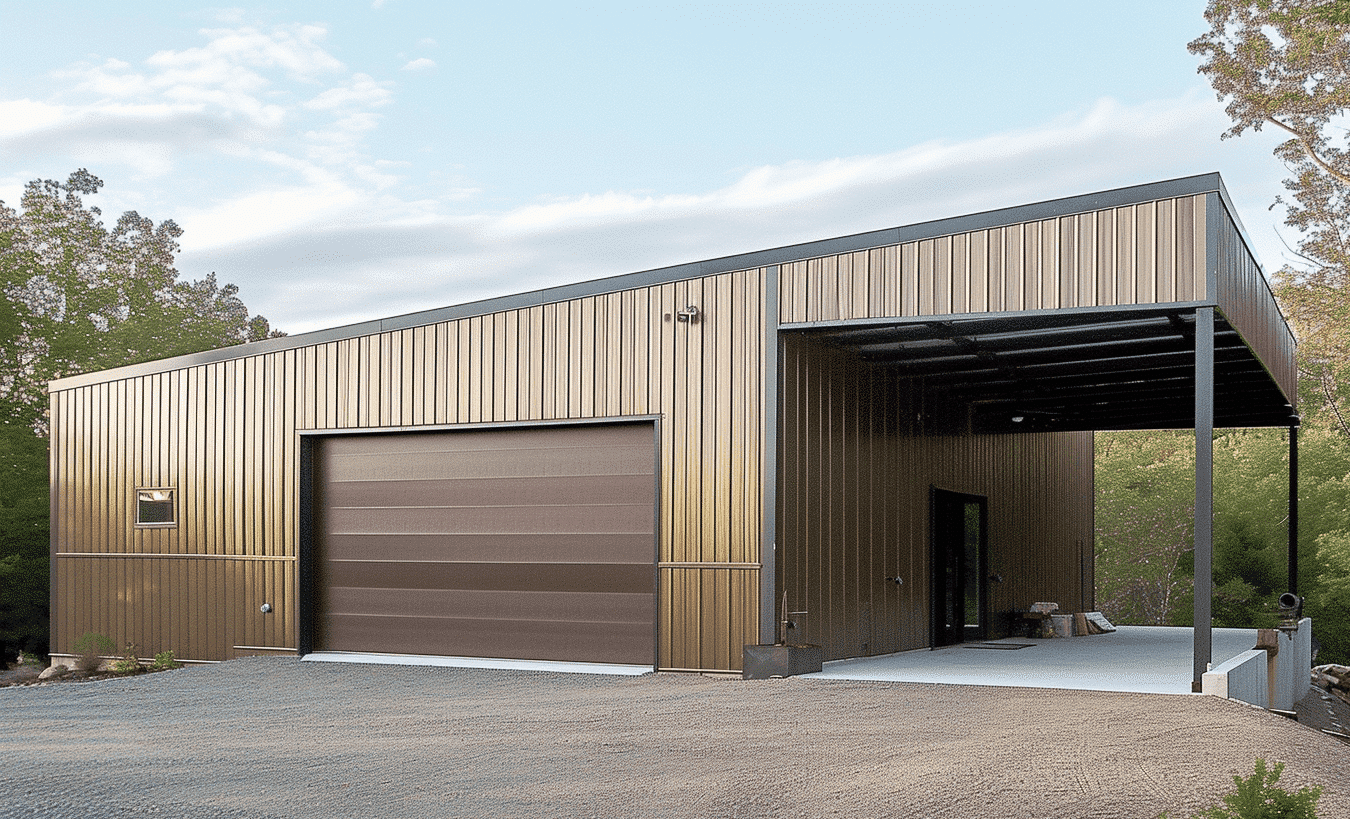Sustainable landscaping is an increasingly popular choice for those aiming to harmonize with nature while fostering an eco-friendly environment. But how can we create an outdoor space that is both beautiful and environmentally responsible? Dive into the world of sustainable landscaping as we explore techniques, benefits, and valuable resources that guide green property development.
Understanding Sustainable Landscaping
Creating an eco-conscious landscape goes beyond planting a few trees or shrubs. It involves a holistic approach to design, material selection, and maintenance that collectively reduce the environmental footprint. Sustainable landscaping emphasizes the effective use of natural resources, like water and sunlight, to make properties greener and healthier.
The Seven Tenets of Sustainable Landscaping
1. **Water Conservation**: Employing techniques such as Water-efficient landscaping can significantly reduce the use of this precious resource. Systems such as drip irrigation and rain gardens help conserve water and maintain an environmentally friendly landscape.
2. **Native Plant Selection**: By choosing plants that thrive naturally in your region, you minimize maintenance and foster biodiversity. Native plants are inherently adapted to local climate and soil conditions, requiring less water and fertilizer.
3. **Soil Health**: Healthy soil is the foundation of a vibrant landscape. Incorporating compost and organic matter enhances soil structure, promotes microbial activity, and reduces the need for chemical fertilizers.
4. **Wildlife Habitat**: Sustainable landscapes support the needs of local fauna by providing food, shelter, and nesting sites, creating a mini wildlife sanctuary in your backyard.
5. **Resource Efficiency**: By using renewable materials and practices like mulching and composting, we can cut down on the waste that landscapes traditionally generate.
6. **Energy Efficiency**: Thoughtful landscape design can influence solar heat gain and winds, reducing energy consumption for both heating and cooling.
7. **Maintenance Reduction**: Efficient planning reduces time, labor, and resources required for landscape upkeep. By designing out the need for constant mowing, trimming, or watering, we ensure sustaining the environment becomes second nature.
Sustainable Landscaping Techniques
Now that we’ve identified the core principles of sustainable landscaping, let’s look at specific techniques that embody these values and convert theory into practice. Before stepping into landscaping, ask yourself—how does my venture interact with and impact the environment?
Rain Gardens and Bioswales
Rain gardens and bioswales are environmentally friendly ways to manage stormwater runoff. Both systems utilize native plants to naturally filter and absorb excess rainwater, effectively diminishing erosion, enhancing groundwater recharge, and reducing pollutants contained in runoff.
Permaculture Design
Adopting a permaculture approach allows for the creation of a self-sustaining ecosystem where every element of your garden serves multiple functions. A permaculture garden mimics what mother nature does best – utilizing the natural patterns and rhythms to foster a productive environment with minimal human intervention.
Xeriscaping
Xeriscaping involves designing a landscape specifically designed to reduce or eliminate the need for irrigation. Adopting xeriscaping techniques can improve water conservation while crafting beautifully diverse landscapes with native and drought-tolerant plants.
Integrating Structures Mindfully
While landscaping focuses on plants, it’s crucial to seamlessly blend constructed elements within the green structure. Integrating eco-friendly steel buildings within your landscape design offers aesthetic consistency and sustainability. The Environmental Benefits of Steel Buildings shine when used for storages like pergolas, gazebos, or a metal shed storage building, serving both form and function with minimal carbon footprint.
Leveraging Resources and Expertise
Accessing expertise and available resources can streamline the process of sustainable landscaping. Industry experts and councils like the Canada Green Building Council – Sustainable Landscaping offer a wealth of knowledge, tailored guidelines, and certifications to ensure your initiatives meet sustainable criteria.

Local Community and Gardening Groups
Engage with local gardening clubs or community initiatives that focus on swap meets, workshops, and tree planting events. Sharing experiences, seeds, or even tools reduces waste and expenses while fostering sustainable practices.
Online Platforms and Digital Resources
Websites and forums dedicated to eco-friendly gardening provide cutting-edge topics such as Eco-friendly garden designs. Enrolling in online courses or webinars on sustainable techniques can boost knowledge and network with fellow green enthusiasts across the globe.
The Bigger Green Picture
Sustainable landscaping is not merely an aesthetic undertaking—it’s a crucial step towards a harmonious existence with nature. By committing to greener practices today, we ensure healthier and more vibrant environments for future generations. The benefits of these practices reverberate through ecosystems, promoting a balanced and resilient natural world.
Environmental Benefits of Steel Buildings provide just one example of how materials can complement a green property, ultimately leading to a progressive change in both perception and practices.
As you forge ahead with sustainable landscaping projects, remember to weave the fabric of nature into each design loop. Let the hum of pollinators and the rustling leaves in your eco-friendly garden signify your dedication to nurturing our planet’s precious resources.
Whatever your landscape endeavor, whether a sprawling estate or a cozy backyard, it can embody environmental stewardship. After all, every green action taken today plants seeds for a brighter, sustainable tomorrow.










